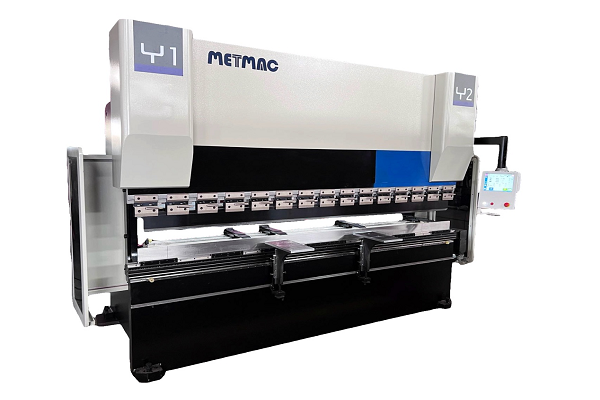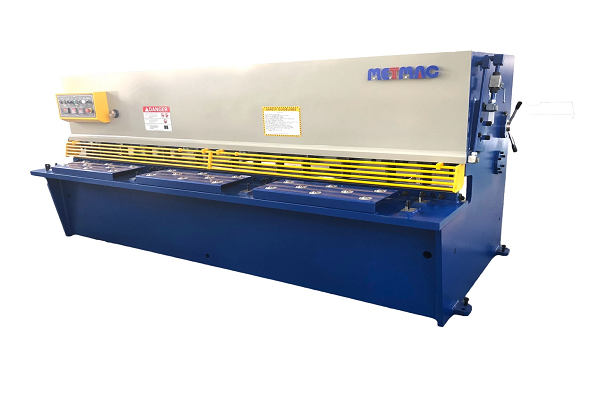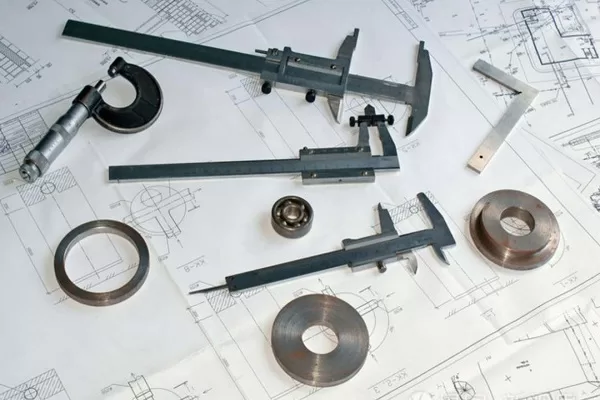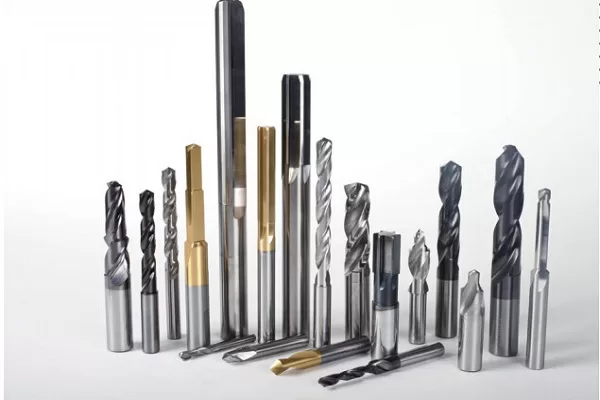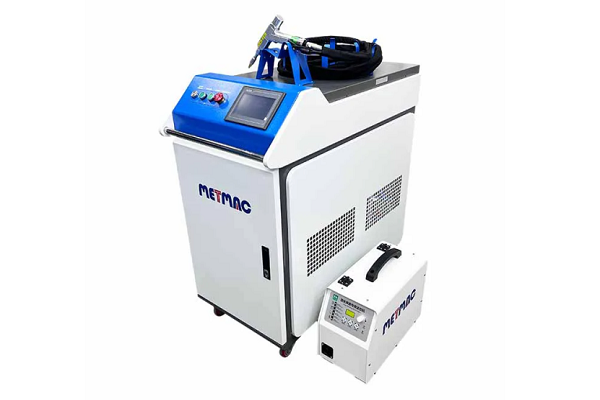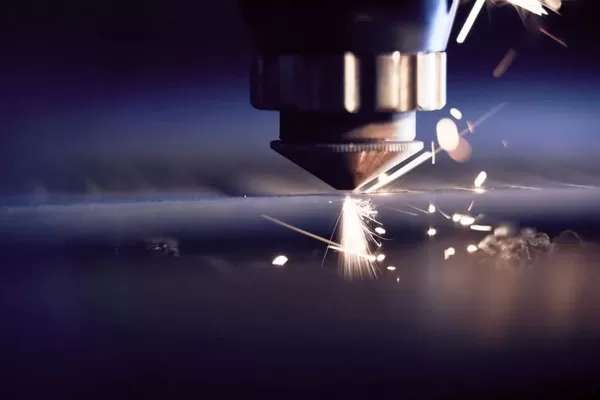
Sheet Metal Bending V-Groove With Plate Thickness
- By:Metmac
- 2023-05-10
- 241
Sheet metal processing refers to the production of thin sheet materials of various shapes through machining and stamping processes. In sheet metal bending, one of the most common methods of sheet metal processing is to bend the sheet material at a certain angle to make the sheet metal workpiece achieve the required shape and size. In the following we will explain the knowledge of V-groove and plate thickness for sheet metal bending in steps.
Setting of V-groove
1-Concept
The V-groove is an auxiliary tool used in sheet metal bending to hold the sheet material. It usually consists of a combination of two parts, the upper die with a V-groove underneath and the lower die with a V-groove above. In sheet metal bending, the V-groove serves as a positioning and clamping tool for the sheet material.
2-Design principles
The selection of the plate thickness needs to be determined according to the design requirements of the workpiece and the process performance, the main principles are as follows:
(1) V-groove depth: V-groove depth is proportional to the thickness of the plate, generally take about 1/8-1/6 of the plate thickness.
(2) V-groove width: the narrower the width, the more clamping the plate material, but too narrow will lead to the plate material in the bending process flanged or wrinkled, so the V-groove width is generally 1.5-2.0 times the plate thickness.
(3) V-groove angle: depending on the material and the bending angle, generally between 85 degrees and 90 degrees.
Selection of Plate Thickness
1-Concept
Plate thickness refers to the thickness of the material to be processed in sheet metal bending. Different sheet thicknesses require different processing techniques and equipment, therefore a reasonable selection of the sheet thickness is required in the process.
2-Design principles
The selection of the plate thickness needs to be determined according to the design requirements of the workpiece and the process performance, the main principles are as follows:
(1) Bending angle: different angles of the plate material requires different plate thickness, in principle, the thinner the plate, the greater the bending angle
(2) Plate material hardness: the higher the hardness of the plate material, the greater its strength and rigidity, but the lower the plasticity of the plate material, the greater the difficulty of processing.
(3) Tooling and equipment: Sheet metal manufacturers need to choose the right plate thickness for processing according to their own equipment production capacity, so as to ensure the quality of products and production efficiency
In Conclusion
Sheet metal bending is a very complex process, of which the choice of sheet metal bending V-groove and plate thickness is an important factor affecting the quality and efficiency of the process. I hope that the above introduction will help you to better understand the knowledge of sheet metal bending V-groove and plate thickness, so that you can better apply it in sheet metal bending processing.
-
The Advantages of Using a Sheet Roll Forming Machine in Manufacturing
2024/09/14 -
How to Optimize Your Laser Sheet Cutting Machine for Maximum Performance
2024/09/12 -
How to Maximize Efficiency with Modern Sheet Metal Working Machines
2024/09/04 -
The Environmental Benefits of Using Duct Board Grooving Machines
2024/09/03
-
A Guide to the Latest Innovations in Sheet Metal Folding Machines
2024/11/29 -
Key Features to Consider When Investing in a Sheet Metal Folding Machine
2024/11/28 -
Enhancing Precision with Advanced Sheet Metal Folding Machines
2024/11/27 -
How to Choose the Right Sheet Metal Folding Machine for Your Workshop
2024/11/26
